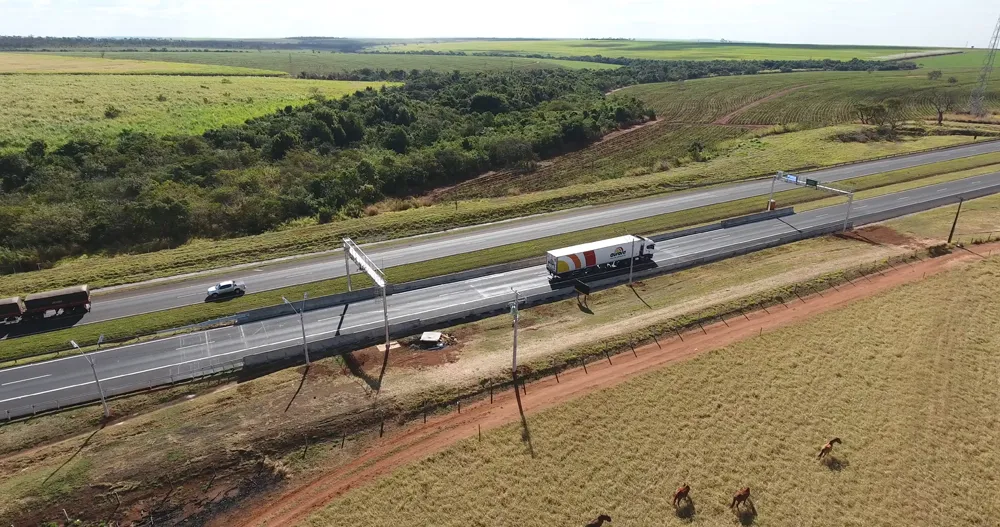In Sao Paolo, drivers had a lucky escape when a light aircraft overshot a runway and crashed at the edge of a busy highway. Unable to stop in time, the small jet was only prevented from ploughing into traffic on the highway by the airport’s perimeter fence.
February 18, 2013
Read time: 1 min
In Sao Paolo, drivers had a lucky escape when a light aircraft overshot a runway and crashed at the edge of a busy highway. Unable to stop in time, the small jet was only prevented from ploughing into traffic on the highway by the airport’s perimeter fence.







